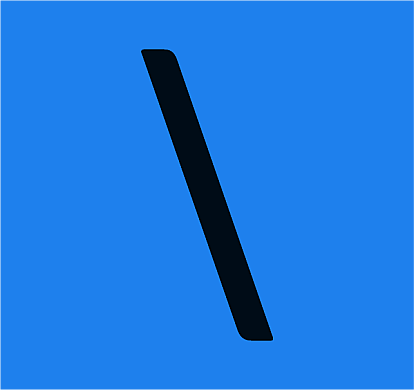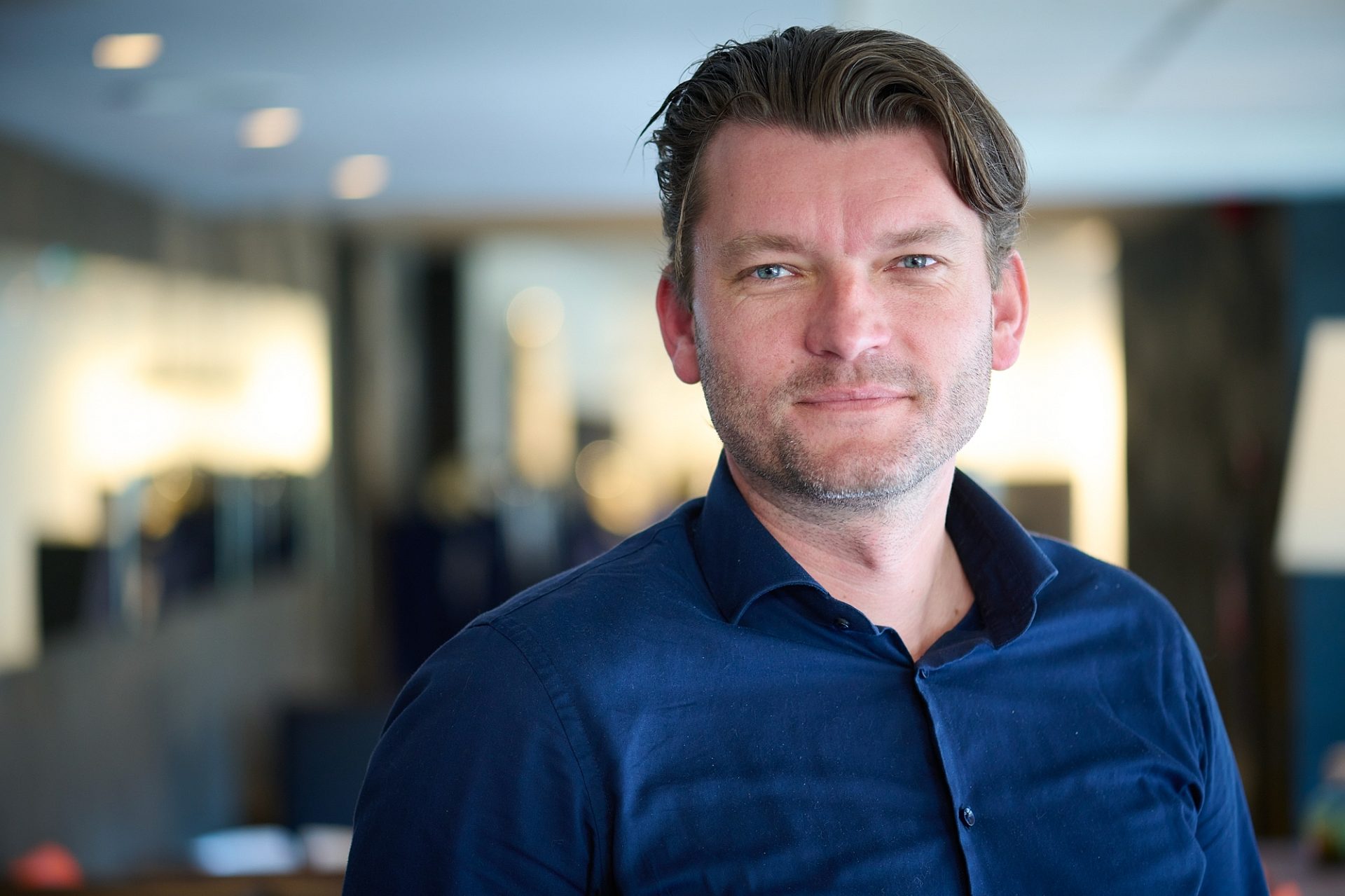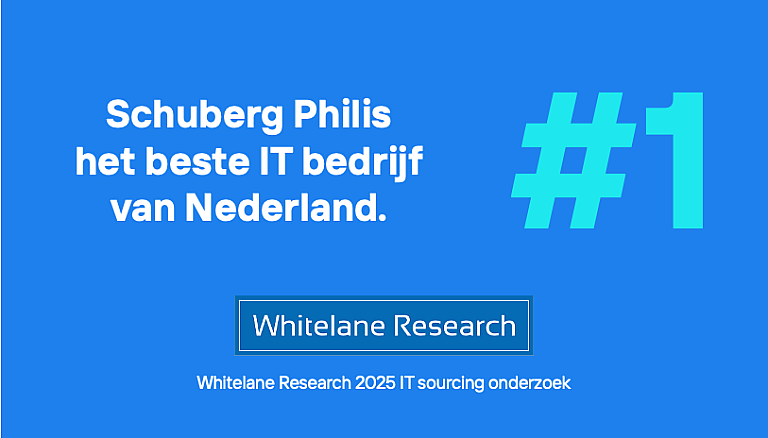Mondrian’s early works were naturalist landscapes: fields, trees, beaches, water bodies. Before the Dutch painter embraced the pure abstractionist grid-based masterpieces he’s now famous for, he worked on depicting nature in a realist representational style using classic techniques. Even visionary talents need to have basic skills and fundamental knowledge to innovate and experiment. The same holds true for our customers and their work in the cloud. No matter how ambitious their goals or seemingly far-out their ideas, they first need a solid foundation. And that’s where Schuberg Philis comes in. By providing companies a scalable and secure landing zone, we give them the freedom to focus on creating value for their business.
That’s because the cloud enables companies to innovate and experiment even while being firmly focused on bettering daily operations or problem-solving. Elastic and dynamic, the cloud permits proofs of value to start immediately, to develop, scale up or down, pause, or simply stop with little to no risk. This means that experimenting with big ideas and entertaining lofty ambitions can happen in conjunction with handling smaller everyday matters and practicing digital housekeeping. The cloud is conducive to working at unprecedented speed and scale with state-of-the-art technology. And this ability to accurately view what’s there and at the same time envision what could be there lets a company benefit from cloud technologies in ways that create strategic business value.
More differentiated activities, more value
Yes, when migrating to or already in the public cloud, an organization needs knowledge and knowhow to exploit the services and tools hyperscalers offer. AWS, for one, releases hundreds of new features every year. But much of already available cloud technology is by now very mature and can therefore be effectively leveraged. While having this kind of massive computing power, a company still needs take care of security and compliance, this is called the shared responsibility model. It implies not having to waste time or resources on “undifferentiated heavy lifting,” as Jeff Bezos called infrastructure work. The former Amazon CEO used the phrase when speaking at a 2006 talk at MIT’s Emerging Technologies conference, where he noted that then just launched Amazon Simple Storage Service (S3) would relieve users of a lot of these crucial but dull, repetitive activities, such as hosting servers, negotiating contracts, managing bandwidth, moving datacenters, and purchasing decisions. In turn, companies could spend more time on the more differentiated, exciting activities that actually generate value for their unique businesses. In the cloud, they could innovate from day one.
Schuberg Philis well witnessed the urgency of emerging technology in half-way through 2020, when we partnered with a leader in vision-based human activity recognition software. The software company had launched the Kepler Night Nurse, a fall-prevention solution being implemented in elderly care facilities. At that point, it was clear that winter in the Netherlands, like much of Europe, would give way to months of resurging COVID-19 cases. Care facilities were especially on edge. What’s more, the southern Dutch province where the Night Nurse debuted had been a hotbed of infections in the pandemic’s first wave, and still vaccine-less residences everywhere were especially vulnerable. The Night Nurse proved extraordinary because it could monitor human activity using optical sensors. It also fully relied of automated analysis of video feeds, at day- and nighttime. Unlike analogue fall detectors, in the form of pull cords and body devices, this solution didn’t cause false alarms, which then would unnecessarily beckon caregivers and disturb residents. By contrast, the Night Nurse could leveraged vision AI to accurately detect falls or other irregular movements and notify caregivers accordingly. Even better, the images themselves are not viewed by other humans, thus protecting the privacy of those being monitored.
A foundation to start innovating
Servicing mission-critical organizations for almost two decades, we readily fulfilled the Night Nurse’s top priority: a solution with 100% uptime that efficiently and accurately registered falls within 60 seconds of occurrence. Another priority was creating a solution that could be quickly and securely scaled to process up to thousands of sensors per facility and at a growing number of facilities. The Night Nurse put an end to the motley, mixed-up forms of healthcare home automation that were often used within a single institution. This would lead to a proliferation of applications, often with multiple internal owners and hence multiple policies and costs. We could keep Kepler up and running with relative ease and speed because the care facilities already used the public cloud. Moreover, the cloud ecosystem was already equipped to integrate AI, and we had the knowledge to find, use, and integrate the services. And while our solution works with an edge device for local analysis—so data does not get transferred over the internet, but stays within the protected network of the care facility—any alarm in the event of an incident is sent to relevant healthcare providers via the cloud.
In this case, we also witnessed how the cloud provides an ideal foundation to start innovating because it’s low-risk and low-commitment. All the necessary cloud infrastructure is also very low in cost. No huge entrance fee presents in the form of paying for heavy licenses upfront or per-hour billing, but rather a user usually pays for services per transaction. The understanding is that anyone with a credit card can get on the cloud. Through that democratization of access, experiments can start out modestly, free of having to invest in infrastructure, software, or hardware. In the past, a company would have to rely on large enterprises that produced everything centrally. Today companies can do small-scale sampling of the services that hyperscalers continue to release exponentially more and more of. Then, if the project doesn’t emerge as hoped for, it can be paused or abandoned with relatively little loss on the company’s part—the genie can go back in the bottle. If the proof of value is promising, the services can be scaled up and out.
Technology shaping business for the better
With Schuberg Philis as a partner, migrating to and operating in the cloud is not just the indication of a journey completed or a step towards modernization. Cloud technologies—because they both demand and are conducive to a DevOps, agile ways of working—have shown us that the realms of business and IT can no longer be isolated from each other or operate in silos. The cloud has automatically infused IT into a company’s business operations. Meanwhile, each and every business department can now have its own IT capabilities. Technology is thus facilitating business and, in a demonstration of Conway’s law—the idea that organizations design systems that reflect their own organization’s ways of interacting—shaping how business runs. These changes are for the better, as microservices are becoming available and software silos are breaking down. Relatedly, the cloud forces migrating companies to abandon old-fashioned, unhelpful processes and rethink their approaches. The open attitude towards innovation and a spirit of curious pursuit become ingrained throughout the organization.
The pandemic’s urgency provides a dreary yet fresh example of the importance of building technology that works, is totally reliable, and insofar as possible can introduce a better, faster way of accomplishing something. New cloud technologies can move the needle of progress. In the COVID-19 era, as we experienced firsthand, every small movement mattered. Every result had immediate implications for the most vulnerable, those who cared for them, and both groups’ loved ones. Thankfully, the cloud let us build a solution that enabled sounder crisis survival. That, in turn, yielded tremendous value for all the organizations involved in the Night Nurse.
For Mondrian, first achieving the basics—a windmill at sunset or a farmhouse in the polder—ultimately led to his awesome depiction of the world in tri-color grids and squares. Meanwhile, we’ll keep guiding our customers to cloud solutions that keep their everyday operational needs steady and secure at the same time as we help accelerate their ambitious visions from the get-go.





